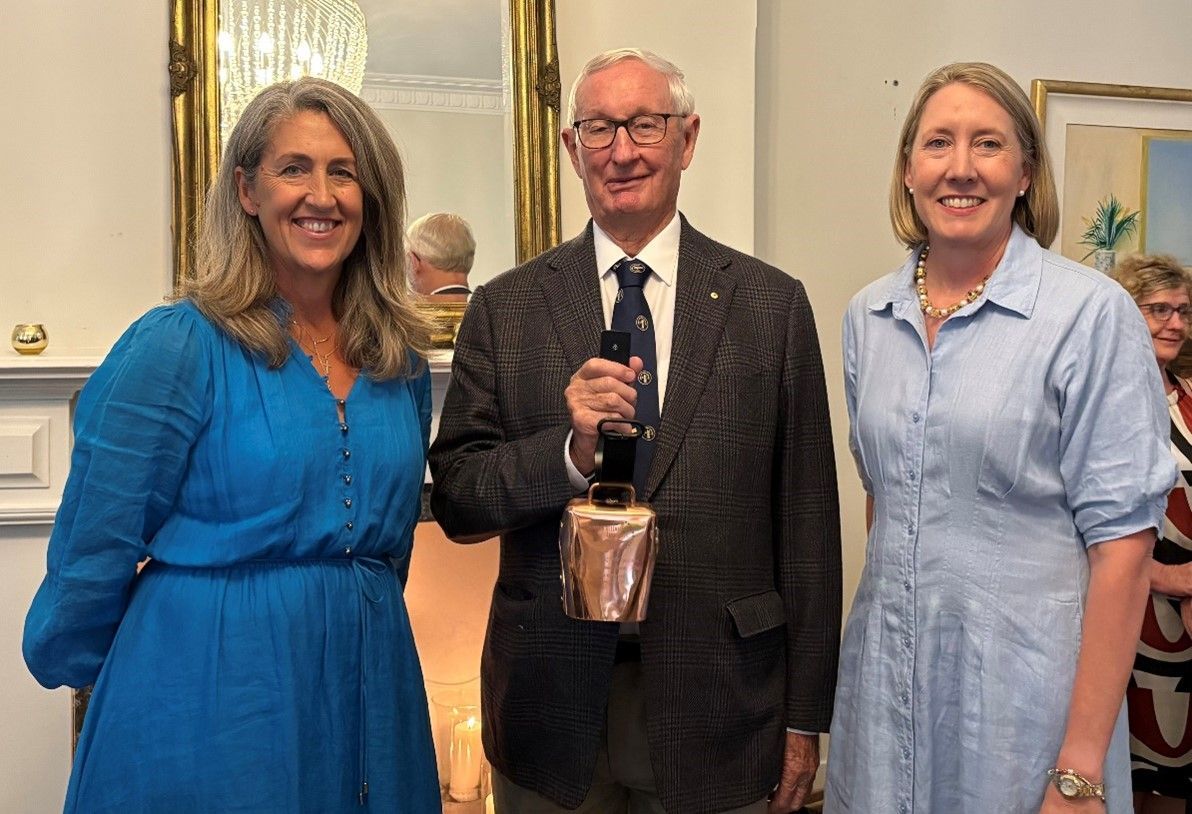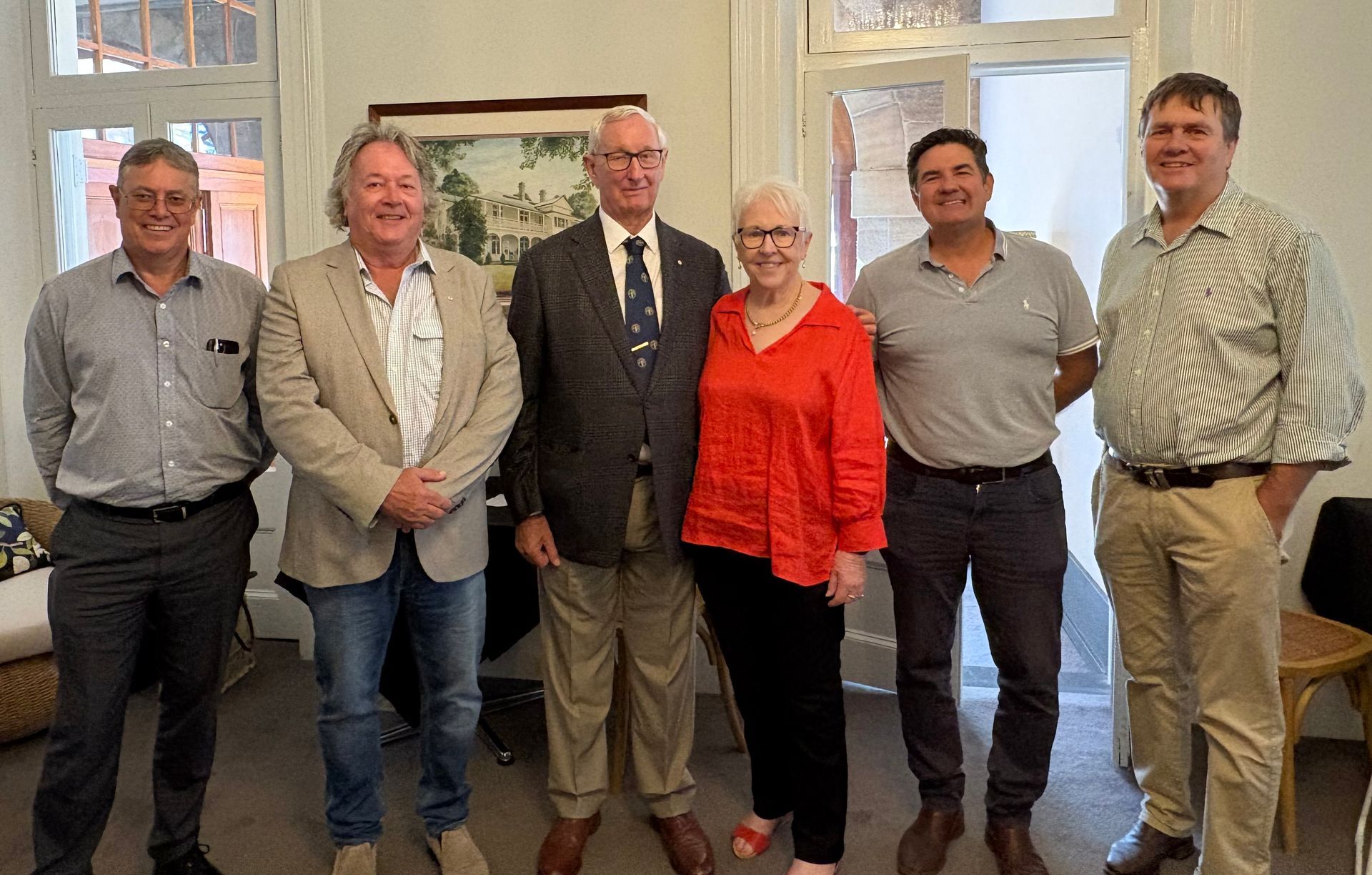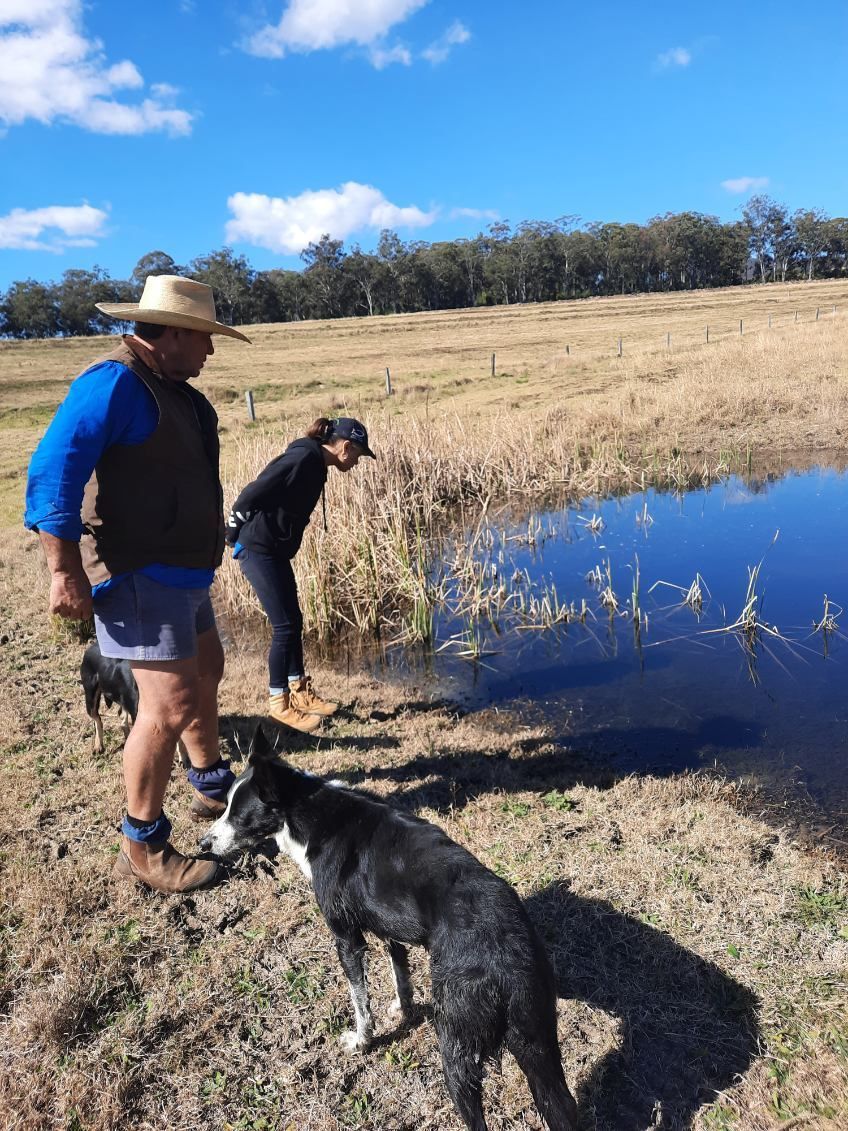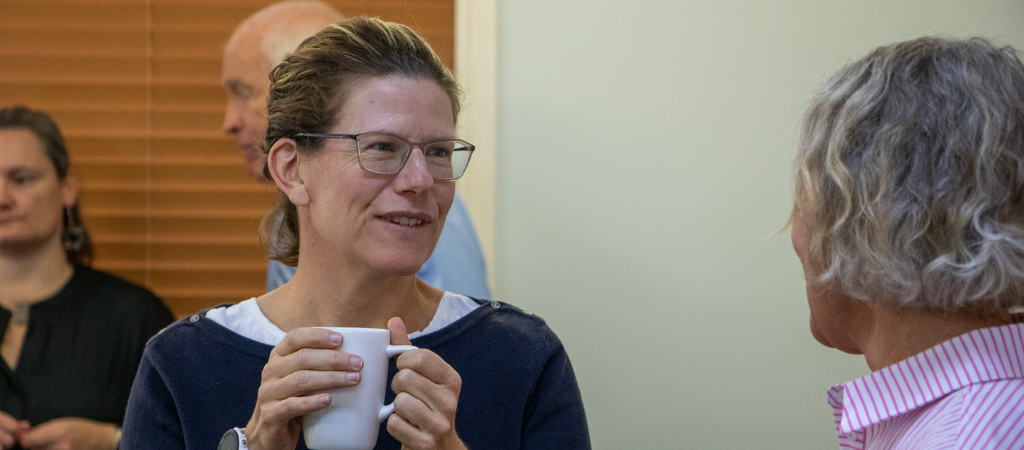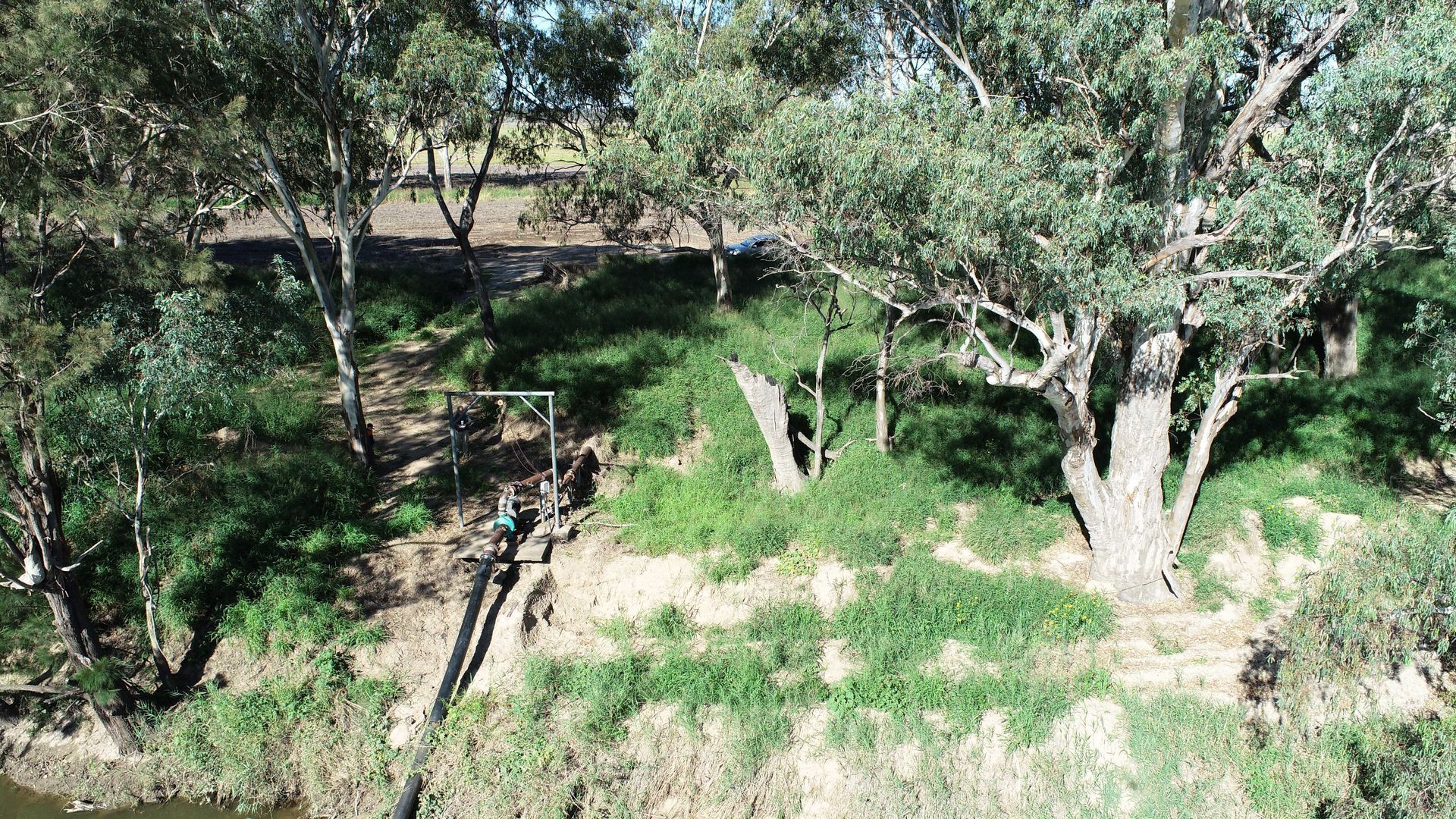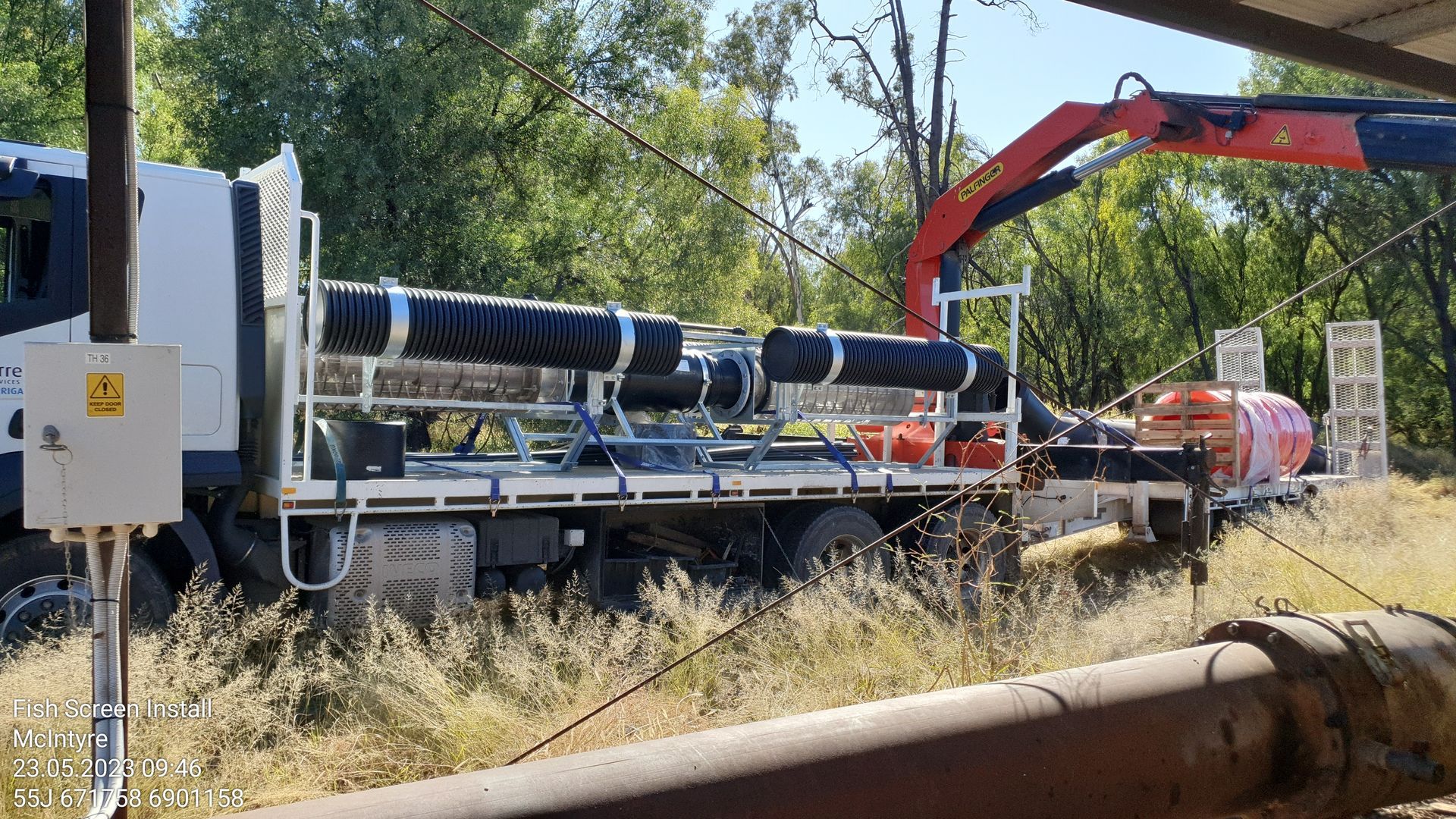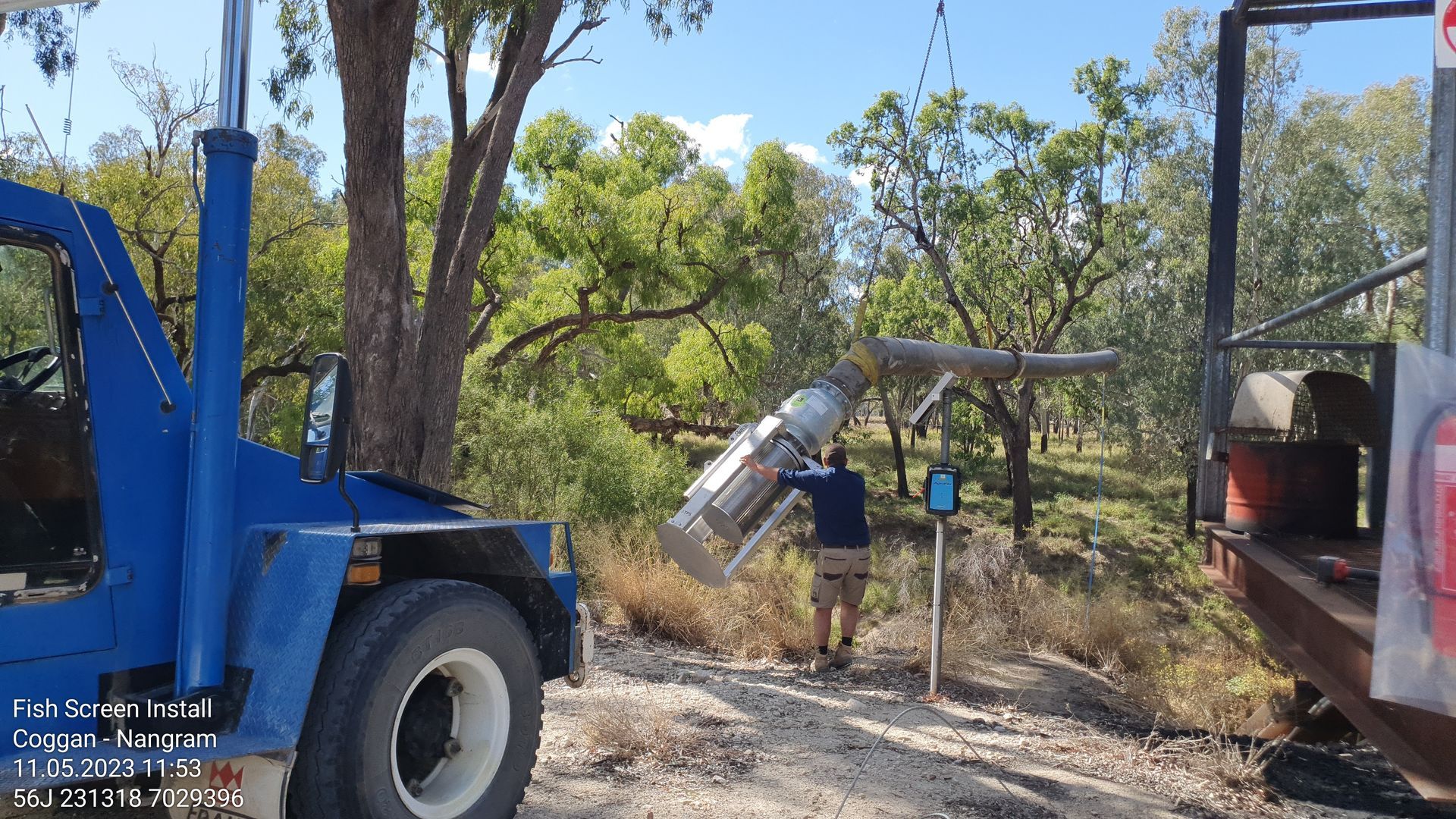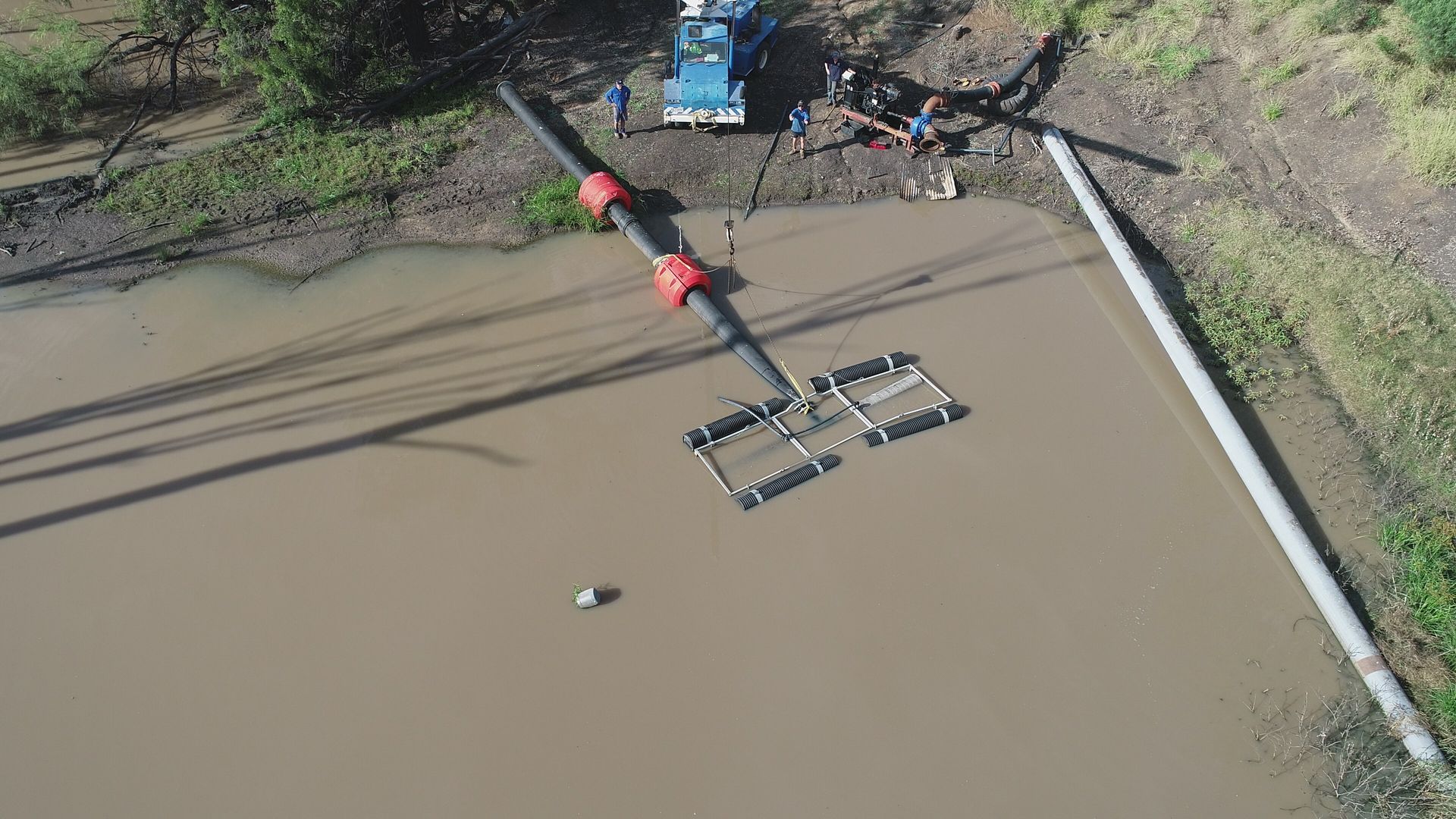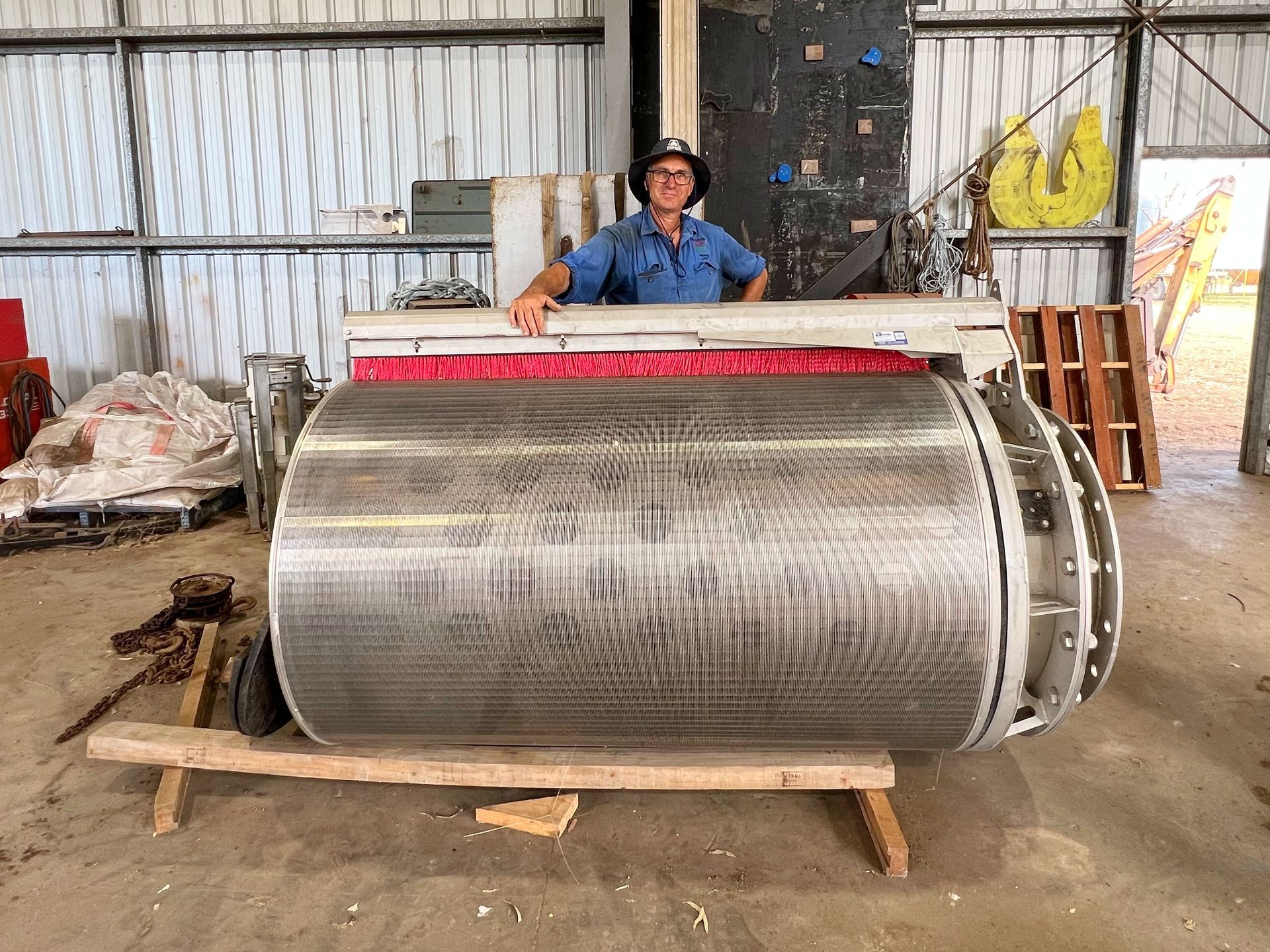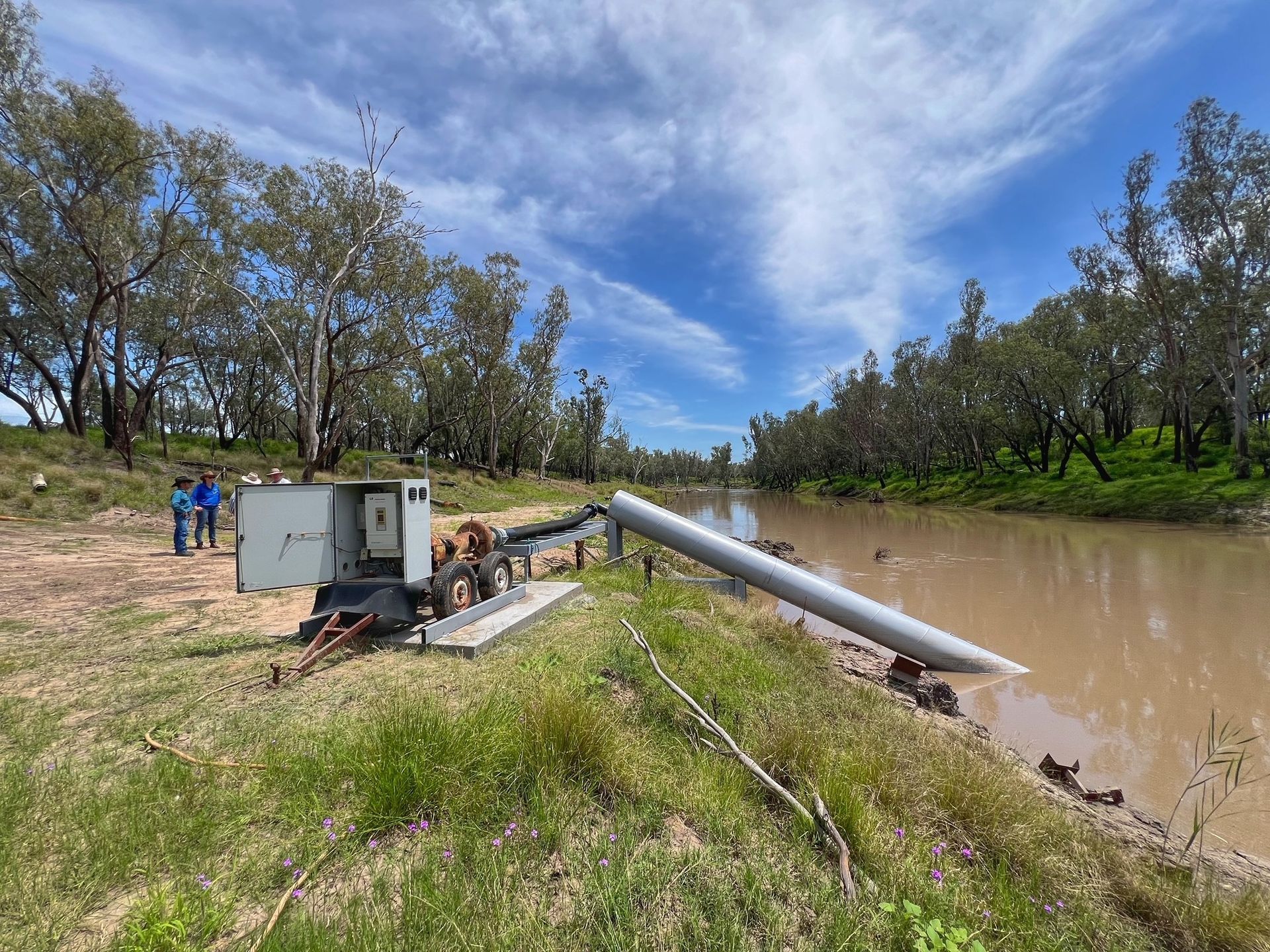By Paul McDonald
I joined the Chairs of the Inner and Southern Darling Downs Community Consultative Committees, several fellow committee members, and Inland Rail staff and contractors on a two-day tour of the proposed route in Queensland and tour of the almost finished construction which has reached North Star as well as the now finished and in use section south of Moree.
As an aside, we were shocked at the very poor condition of the secondary roads and the obvious signs that the State maintained roads and highways were not coping well with the volume and nature of the freight loads they were carrying in New South Wales (and parts of Queensland). The effects of the recent wet period, along with the volume of produce which comes from the highly productive regions from Boggabilla, North Star, Croppa Creek, and across to Moree have left the local road network in a poor and in some cases, dangerous state.
The number of recently installed on-farm grain storage and handling facilities, all of which have been serviced by road freight since the closure of the NSW rail service in that region some years ago was notable. No doubt the new rail corridor will play a huge role in taking the burden off those roads which were never designed to perform the current tasks. The increased heavy vehicle traffic on these roads due to construction work will also be a factor to track in Queensland is New South Wales experience is repeated.
While it is not practical to report every detail of the discussions between CCC members and Inland Rail staff, the issues around impacts on individuals and communities are large in number. What became obvious was that those landholders that raised issues with the proponents had their concerns and impacts worked through with the result that some landholders were able to use the project to solve long term issues on their properties as well as mitigate the impacts.
Some of the impacts are serious and costly to deal with and in the instances discussed with us, they were addressed properly from what we saw. Members realised that we weren’t able to talk directly with those affected people and given the sensitive nature of those ongoing discussions, it would be highly improper for us to be involved at this stage. Importantly, we were assured that at the right time, we will have that opportunity, and it will be before construction comes to our communities.
Lastly, I have been personally concerned about several issues in representing our communities on the CCC. The major concerns lie around the construction of linear infrastructure on our Brigalow Belah ecosystems and soils. I am also concerned about the cumulative impacts of the infrastructure on our threatened ecological communities as well as the voracity of the flood modeling and practical outcomes.
What I observed and was told on the two-day trip has allayed many of my concerns; however, as always, these issues will need constant vigilance. Please contact either Andrew McCartney or myself if you wish to discuss community concerns about the project.
A summary of the trip on the 4th and 5th of February 2023 provided by our Chairs is:
Inland Rail Staff
All staff we encountered were professional and passionate about the project and were working hard to meet the needs of the project, affected landholders along the alignment and the various communities which will be affected during design, construction and operation.
They have an intimate knowledge of the alignment and the people and communities which are likely to be impacted.
We Visited:
- The proposed site for the Goondiwindi Workers’ Camp at the Goondiwindi Showgrounds – up to 650-person capacity
- Moree Workers camp – 350-person capacity
- Laydown areas including one on private property
- Active crossings
- Completed bridges and significant sections of large culverts and measures to manage water flows during flood events
- Quarry near completed sections of the line on the Narrabri to North Star (N2NS) Phase two section of the Inland Rail Program
- The proposed site for the Whetstone Material Distribution Centre
- The proposed site for the Moree Special Activation Precinct (SAP)
Observations
- Goondiwindi will have several legacy assets /outcomes including capacity for 72 passenger planes to land, showgrounds which will have upgrades of several services and infrastructures such as access roads, power and water.
2. Efforts made to reduce impact on landowners and communities include:
- Locations and design of rail crossings
- Pedestrian safety features near a school
- Land leased for a car park in Moree so local shops are not affected by vehicles using public car parks
- Completed works where there has been 1 in 200-year flooding with no major structural or water flow issues
- All Inland Rail and some contractor vehicles are monitored for compliance purposes and tracking
- All Inland Rail and contractor vehicles are branded. Not all sub-contractor vehicles are branded. Unfortunately, a number of branded Inland Rail vehicles have been stolen so some have had branding removed but magnetic signage is used when on-site
- One small township had a number of truck movements where it was not possible to deliver materials to site by rail. Inland Rail worked with the community and contractor(s) to ensure the safety of the community
- Contractual penalties may be applied if there is significant non-compliance with contractual or other requirements
- Most of the area we visited were brownfield sites, that is, existing track which is completely upgraded
- Working with local authorities on a range of issues so the best outcomes are achieved for Inland Rail, the local authority and the communities
- The processes for approval in New South Wales are different to Queensland however similar standards apply to the whole project
- Staff, contractors and property owners are updated on events which may impact them on any given day, for example, there was a serious accident which resulted in a road closure so a text was sent to all people who might be impacted
- The Community Engagement number is monitored 24/7 during construction.
- In one instance where a Landholder owned land on both sides of the corridor, he successfully requested the water flow across the corridor be altered from where it currently goes to lessen the impact on a sensitive cropping area, and increase the flooding in a less sensitive area
